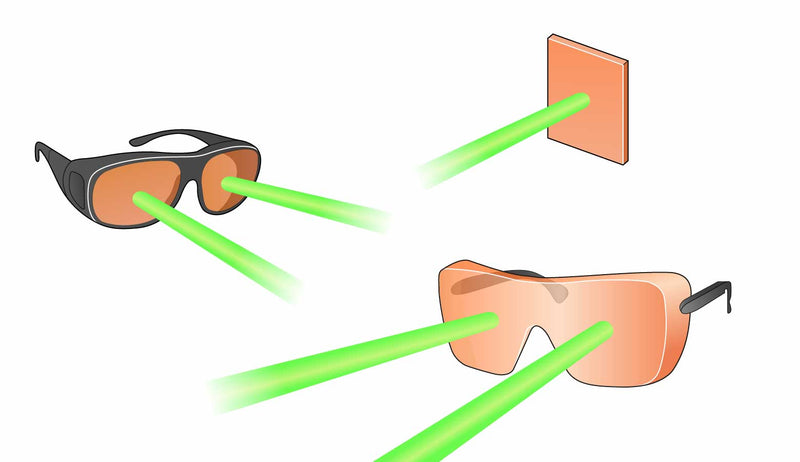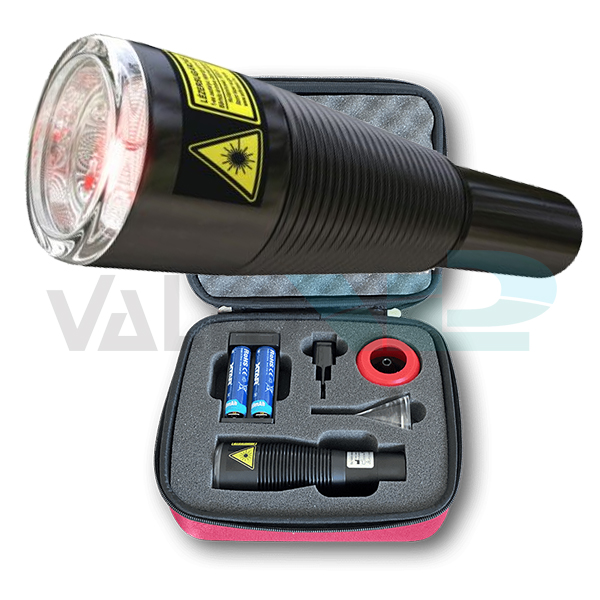Best Info To Choosing A Safe Laser Device
Wiki Article
What Do Safe Laser Low-Level Laser Therapy (Lllt) That Is A Low-Level And Safe Laser, Aid In Healing Ulcerative Wounds?
Secure Laser Low Level Laser Therapy (LLLT) is used to treat ulcerative wounds in a variety of ways. It increases collagen synthesis, the activity of fibroblasts and also angiogenesis (formation of new blood vessels) and all of these are important processes to heal wounds. This can promote faster healing of wounds caused by ulcers.
Reduction of Inflammation LLLT provides anti-inflammatory effects through the inhibition of cytokines which cause inflammation, and also promoting mediators that reduce inflammation. LLLT can reduce inflammation in lesions that cause ulcers, where inflammation can slow healing or exacerbate tissue damage.
LLLT can help reduce pain, especially when it comes to ulcerative wounds. LLLT helps reduce pain and discomfort, and also improve the patient's satisfaction.
Enhanced Blood Circulation- LLLT improves vasodilation and microcirculation and results in an increase in blood flow to the wound area. Improved blood flow delivers oxygen and nutrients that promotes healing. It also assists in the removal waste products and toxic substances from the wound site.
LLLT has antimicrobial properties, which reduces the possibility of infections on ulcerative sores. By encouraging bacterial clearance and stopping further colonization of the wound area, LLLT can help reduce the chance of developing wound infections and promote faster healing.
LLLT minimizes the formation of scars through promoting the regrowth of tissue and remodeling. By stimulating collagen fiber production and encouraging collagen bundle alignment, LLLT helps produce stronger, better organized scar tissue.
In general Low-Level Laser Therapy by safe Laser is an effective and non-invasive way to treat wounds that are ulcerative. This therapy promotes faster healing of wounds, decreases the pain and enhances overall wound outcomes. It is essential to consult with a medical professional about the appropriate treatment of wounds. Follow the top safe laser 500 for website advice including lágy lézer kezelés, lézer bérlés, orr lézer készülék, lágylézer hatása, mozgásszervi betegségek kezelése, orvosi lágylézer, safe laser használata, lágylézer bérlés, orvosi lézer készülékek, lágylézer kezelés árak and more.

What Can Low-Level Laser Therapy Aid In Ear Problems (Lllt?)
Secure Laser Low-Level Laser Therapy (LLLT) is able to aid in ear problems in several ways. LLLT may help reduce inflammation in conditions like otitis (inflammation of outer ear canals) and Otitis (middle ear infections).
LLLT aids in reducing discomfort in ear problems such as otitis, earaches and otitis.
Enhanced Tissue Repair and Regeneration- LLLT enhances the process of tissue repair and renewal by enhancing cell metabolism. LLLT promotes faster tissue regeneration and repair in cases of otitis media or punctures in the eardrum. This reduces the risk of complications while improving the overall health of the ear.
Improved Blood Circulation- LLLT increases vasodilation and microcirculation which results in increased blood flow to the ear tissue. The improved circulation assists in delivering nutrients and oxygen to the damaged or inflamed tissues. This promotes healing.
Management of TinnitusManagement of Tinnitus LLLT has been studied as a potential treatment for tinnitus, an ailment which is characterised by a buzz or ring in the ear. Although the precise mechanism behind LLLT isn't fully understood but it can increase blood flow to the auditory system and decrease inflammation, which can result in less the occurrence of tinnitus.
Reduction of Earwax Buildup- LLLT could assist in softening and breaking down earwax (cerumen) buildup in the ear canal, facilitating removal and decreasing the risk of ear blockage or infection. This can be particularly helpful for people who have excessive earwax or experience earwax imposition.
Safe Laser low-level therapy provides an effective and non-invasive method of treating a variety of ear conditions, alleviating symptoms such as inflammation pain and earwax. It is best to talk with an ENT specialist before making use of LLLT for ear issues. This will ensure that you receive the correct diagnosis and treatment. Read the recommended safe laser 500 ár for blog advice including gyógyító lézer, lézeres fájdalomcsillapítás, gyógyító lézer, orvosi lágylézer, safe laser bérlés, lágylézer készülék bérlés, lágylézer készülékek, lágylézer készülék, safe laser készülék, lágylézer hatása and more.

What Is The Time Frame Before A Secure Laser Device Can Have An Effect On Healing Of Wounds?
Safe Laser low level laser therapy can be very effective in repairing wounds, however the results will vary according to the severity and type of wound and also the response of the patient the treatment. Generally, a series of LLLT over a specific period is suggested to ensure optimal healing of wounds.
The severity and type of the Wound- The type and severity of the wound may affect the amount of LLLT sessions needed. The smaller, less severe wounds may require fewer sessions, compared to bigger or more serious wounds. Also, wounds that are chronic or have an underlying condition may require more sessions to ensure optimal healing.
The amount of LLLT treatment sessions needed will also depend on the stages of wound healing. The treatment methods used will differ based on the condition of the wound, whether it is the proliferative phase, inflammation phase the remodeling phase, or any other phases. LLLT is a method to promote tissue regeneration and repair at all stages of wound healing.
Individual Response to Treatment Personal factors, including overall health immune function, healing capacity, can influence the way a person reacts to LLLT to heal wounds. Certain people are more responsive to treatment, which results in faster wound healing. Others may need longer therapy.
Treatment Protocol - A medical professional's treatment plan will affect the frequency and frequency LLLT sessions for wound healing. Healthcare providers may tailor the treatment plan according to patient's specific needs. This could include scheduling LLLT sessions several times per week or at specific intervals over a longer period.
While some patients may see improvements in wound healing following just a few LLLT sessions, some may require more extensive treatment for optimal results. It's crucial to follow the treatment program prescribed by a healthcare professional and take part in all scheduled LLLT sessions to maximize the effects of the therapy on wound healing. In addition, it is important to monitor the progression of the wound and to talk to the healthcare professional to ensure proper management of the wound and any necessary changes to the treatment plan are made.